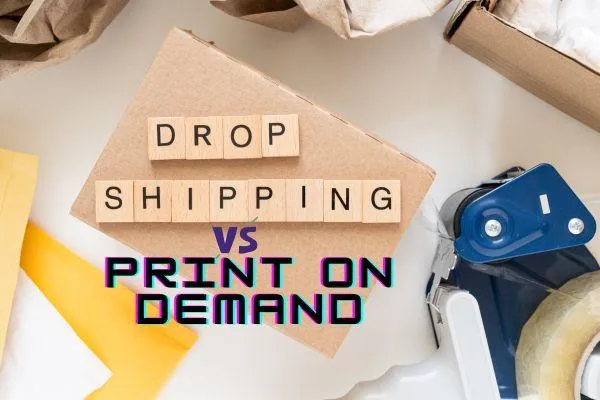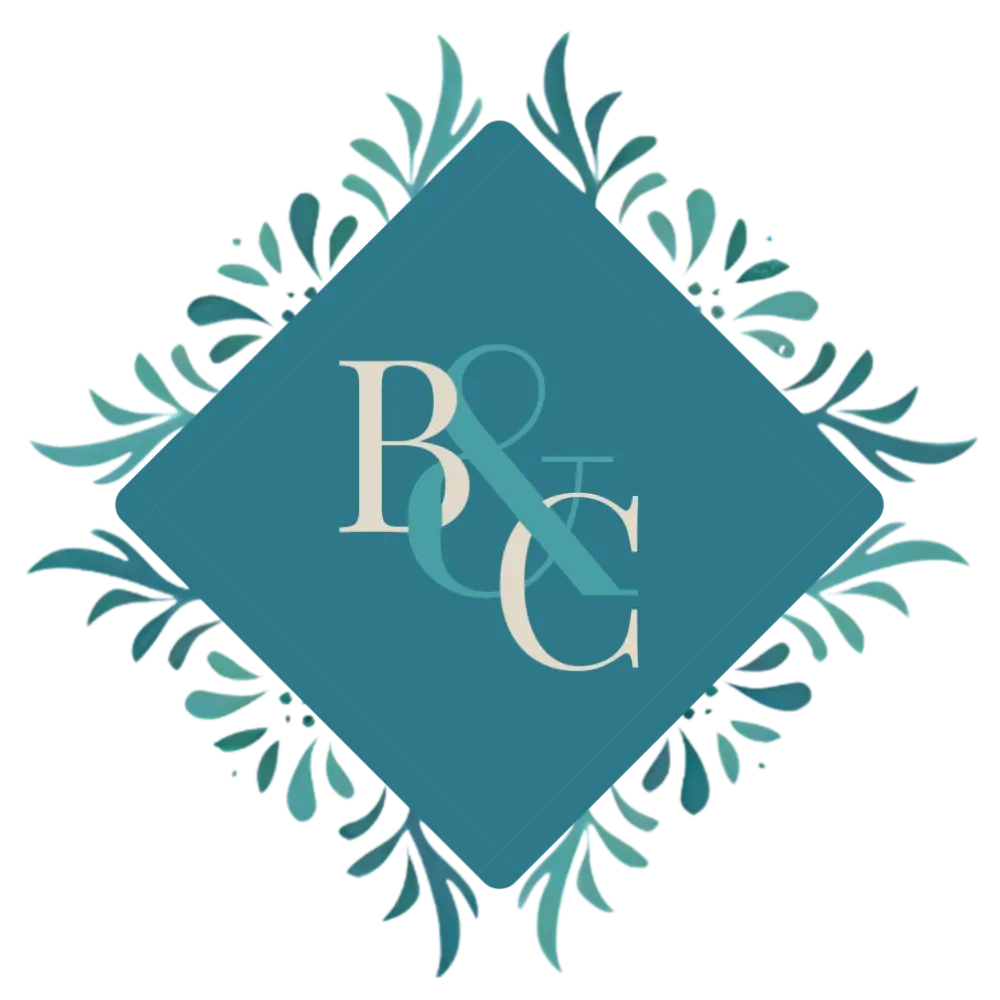Blog

Are Dropshipping and POD the Same Thing?
Dropshipping and print on demand (POD) are both e-commerce business models that allow entrepreneurs to sell products without holding inventory. However, there ARE differences and each has their benefits and drawbacks.
Dropshipping involves selling a wide variety of products sourced from suppliers or manufacturers. These products can range from electronics to fashion, home goods, beauty products, and more. The seller doesn’t see or handle the product, and the supplier ships the product directly to the customer.
Print on Demand (POD) specifically involves products that are custom printed upon order. Common POD items include apparel (T-shirts, hoodies), accessories (hats, bags), home decor (mugs, posters), and more. As time goes on and POD continues to gain global presence, more and more blank base products are becoming available. The designs are typically created by the seller, uploaded onto a POD site, either a market-style platform or an integration (AKA provider) linked to the PODDER’s own website, and printed by a POD service when an order is placed*.
Benefits of Dropshipping:
Low Startup Costs:
No need to purchase inventory upfront.
Minimal investment required for setting up an online store, eg, Shopify, WooCommerce or LaunchCart hosting fees.
Wide Product Range:
Access to an enormous assortment of products from various suppliers.
Ability to quickly expand product offerings.
Flexibility and Scalability:
Easy to scale without worrying about inventory management.
Flexible business model that allows operation from anywhere.
Less Risk:
No risk of unsold inventory.
Reduced financial risk due to low overhead costs.
Ease of Setup:
Quick to start with hosting companies like Shopify, WooCommerce, and others that offer dropshipping integrations.
Drawbacks of Dropshipping:
Lower Profit Margins:
Low barrier to entry means there is often intense competition.
Profit margins may be slim due to the need to offer competitive pricing.
Quality Control Issues:
Limited control over product quality and fulfilment processes.
Potential for inconsistent product quality and shipping times.
It is important to know where the products are being shipped from and how long they will take (and ensure customer expectations are managed).
Supply Chain Dependency:
Reliance on suppliers for product availability and timely delivery.
Risk of supplier stockouts and shipping delays affecting customer satisfaction.
Branding Limitations:
Limited ability to customise products or packaging.
Establishing a strong brand identity can be challenging.
Customer Service Challenges:
Handling returns and refunds can be complicated.
Difficulties in managing customer expectations due to varying supplier performance.
Benefits of Print on Demand (POD):
Customisation:
Low or no startup costs. Most platforms (Redbubble, Spreadshirt, etc) have no start-up costs at all; hosted sites such as Shopify charge a monthly fee*.
Product customisation with unique designs and personalised items.
Opportunity to create niche products that cater to specific customer interests.
No Inventory Risk:
Products are printed (or embroidered) to order, eliminating the risk of unsold inventory.
No storage or inventory management costs.
Branding Opportunities:
Ability to create branded products with custom designs.
Enhanced branding through unique and personalised offerings.
Higher Profit Margins:
Potential for higher profit margins due to the perceived value of custom products.
Customers may be willing to pay a premium for unique or personalised items.
Control Over Product Quality:
Better control over the design and quality of products.
Closer collaboration with POD providers to ensure product standards.
Opportunity to Create Branded Products:
Logos, company name and company messages can be added to the blank products
Branded goods give a professional impression.
Excellent for events, giveaways, goodie bags and prizes.
Drawbacks:
Initial Effort and Time:
Requires time and effort to create designs and set up product listings.
Need for creative skills or investment in design services – or, of course, you could always just do simple text designs!
Limited Product Range:
Typically limited to products that can be customised (eg, apparel, accessories, homewares).
Less variety compared to the wide range of products available in dropshipping.
Production and Shipping Times:
Production time can add to overall shipping time, leading to longer delivery periods.
Customers may need to wait longer compared to traditional retail, however there is a tendency to allow more leeway for custom print or products.
Dependence on POD Providers:
Quality and reliability depend on the POD service provider.
Issues with printing quality or order fulfilment can impact customer satisfaction.
Higher Upfront Effort:
More upfront effort in product design and marketing.
Requires ongoing creativity and innovation to keep product offerings fresh and appealing.
Conclusion
Both dropshipping and print on demand offer unique advantages and challenges. Dropshipping is ideal for those looking for a quick and flexible start with a wide range of products, but it comes with lower margins and quality control issues. Print on demand suits those with a creative or imaginative flair or a niche in mind with a loyal audience (or potential audience!) seeking to offer unique, custom or personalised products, though it demands more initial effort to create and upload designs.
POD is perfect for creating branded products, too, giving clients a favourable impression of your business and putting it at the forefront of their minds.
*A PODDER is one who PODs! Also, we do offer a slightly different option with POD123: a website that has the POD function built in, which cuts out a layer of costs and complications. POD213 sites have no hosting fees. Ask me for more information.
© 2024 Branded & Covered. All Rights Reserved.


Facebook
Instagram
LinkedIn
Youtube
TikTok